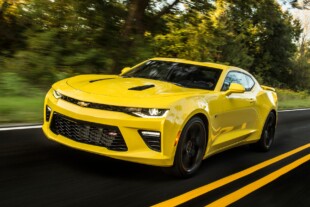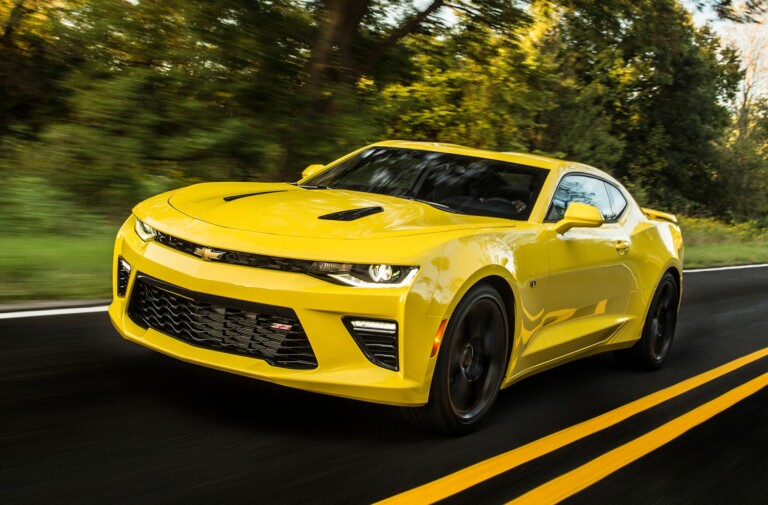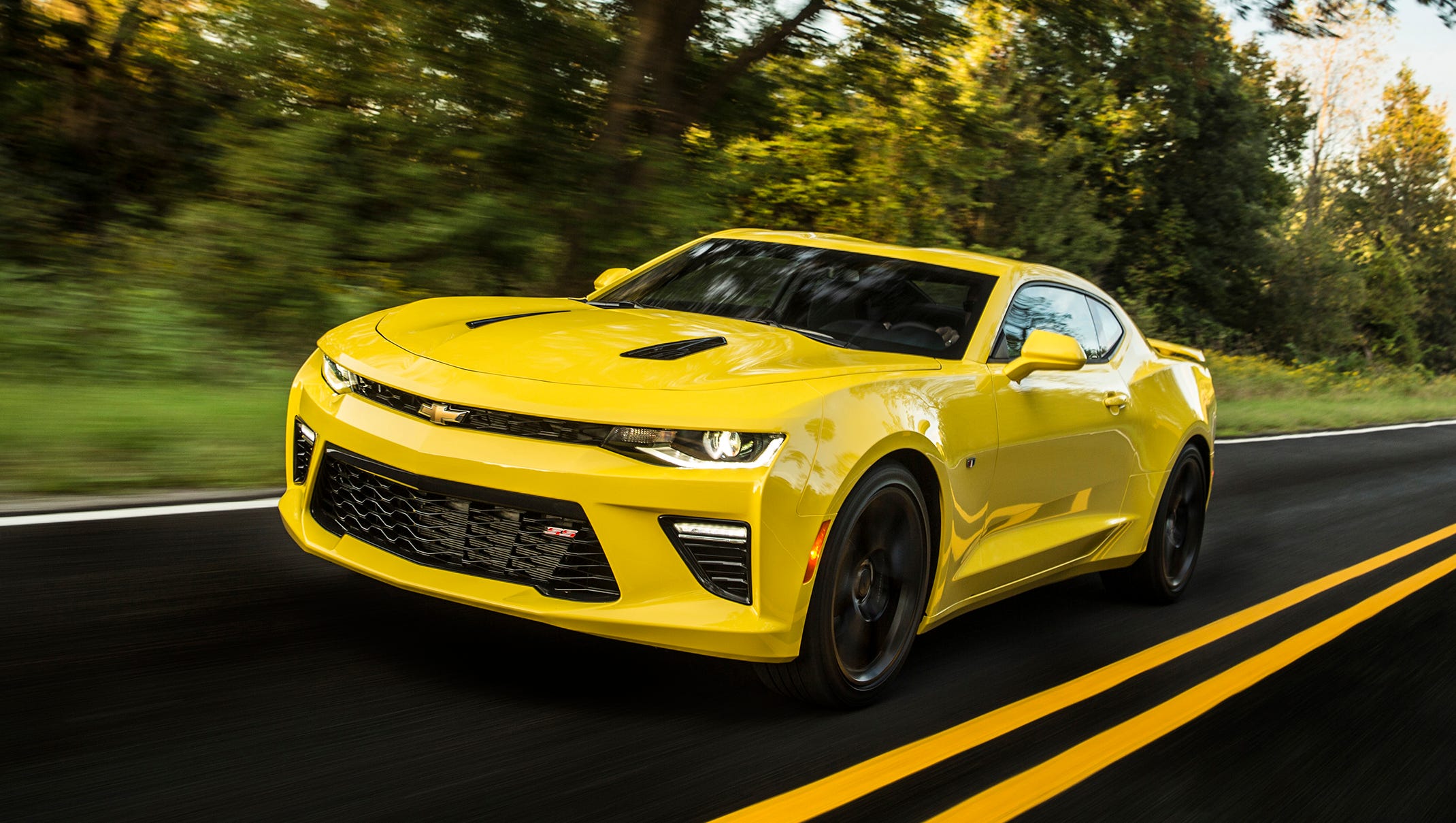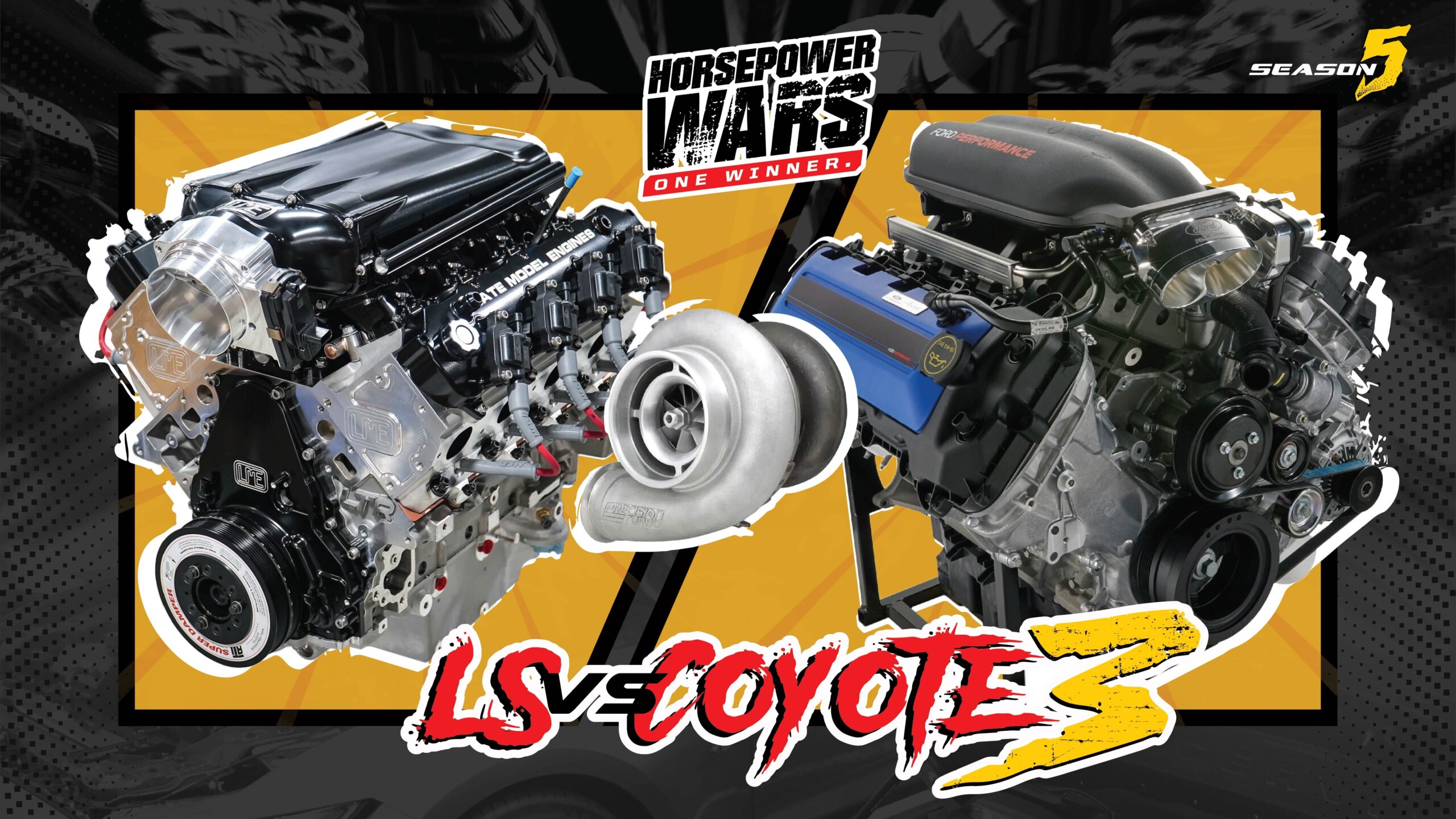The term “Pro Street” has been used for decades, often referring to any car with a 6-71 roots blower poking through the hood, spring-loaded wheelie bars, and oversized drag radials tucked under the rear fenders. In its true essence, though, the modern Pro Street movement pays homage to the ’80s drag racing scene with its exuberant excess of wild aesthetics and high-horsepower power plants.
Now, there is a growing trend of owners converting their former drag race cars into streetable machines. These retired racers still pack serious power under the hood and retain the traditional look, but the quality of craftsmanship has skyrocketed, with special attention to body, paint, and drivability. Phillip Tarlton’s 1965 Mustang has reset the standard for what a proper Pro Street should be and the photos alone don’t do the car justice.
An Early Start
Phillip was always a fan of drag racing, and growing up in South Carolina, it could sometimes be a way of life. Although his brother had numerous hot rods, it was his Mustang that captivated the teenage Phillip. Even old photos show the teenage Phillip standing proudly by the door of his brother’s creation.
The Mustang didn’t originally belong to the Tarlton family. It was initially owned by a lady who used it as a daily driver for six years before the eldest brother picked it up and decided to make it his bracket car. The Mustang quickly became a staple at the local drag strip, but more importantly, it taught the younger brother the ins and outs of drag racing.
“We carried two slicks in the back, and once we arrived at the track, I’d crawl under the front and remove the mufflers while my brother was jacking up the rear and installing the drag tires,” says Phillip. “The car was rough, very rough, but that’s what bracket cars were at the time.”
The racing combination was simple: a 289 cubic-inch small-block with 351 Windsor heads mounted atop and a top-loader four-speed transmission. The older brother raced the car for the better part of 21 years until he finally offered it to the younger Tarlton. Although the timing was terrible, as Phillip was building a house, he couldn’t pass up the opportunity to own the car he’d waited two decades for. He made it happen by selling a few vehicles to get the old fastback into his hands.
Eyes On The 28.5
The car had lived a rough life on the drag strip, so the first step would be giving it a fresh coat of paint. But before the new paint was applied, the original hood was replaced with a cowl unit, transforming the car from a lightweight pony image to a stout muscle appearance. With the Mustang now cloaked in white with blue stripes, Phillip was, of course, eager to return to the drag strip. This time with a little nitrous on board.
Fast forward a few decades, and Phillip Tarlton owned the Mustang, racing competitively in 28x10.5 events.
“I was still running the same 289 cubic-inch engine with the 351 heads, but my goal was to get into the 6-second zone in the eighth-mile on nitrous,” explains Phillip. “I replaced the four-speed with a C6 auto, and on the way to the nitrous store, I ended up breaking the crank in it. My best time was a 7.02 in the early ’90s.”
Around this time, the 28×10.5 classes started kicking off at tracks across the South. The new tire-sized-based series was running eighth-mile, and Phillip wanted a piece of the action. The original 289 was too damaged to continue and lacked the horsepower needed to compete, so Phillip swapped in a 351 Windsor that was stroked to a 408 cubic-inch beast. At its peak, the car ran a 5.70, which, in the ’90s, was a respectable time for a street-legal car.
A Change Of Pace
After racing competitively for a few decades, it was time to transition to a more streetable combination, utilizing a crate engine from Ford that measured 392 cubic inches. However, it wasn’t long before the car was back in the shop for a completely different reason.
“I had taken it off the track and it still had the 28s under it. The 408 stroker was sold, and the new engine was just to get around. But seven years had gone by, and I was tired of the mild steel headers and the small radiator that caused the engine to overheat on cruises,” says Phillip. While the intentions were mild, the build got out of control fast.
“I trailered it to the fabrication shop to install a new radiator and a new set of headers. Then the fabricator mentioned that TCI has this new front clip. We ended up putting a four-speed back in it. After that, I decided I wanted a bigger set of tires, so we mini-tubbed it,” details Phillip. “Before I knew it, I was standing at the front bumper and could see the rear bumper.”
Before I knew it, I was standing at the front bumper and could see the rear bumper. — Phillip Tarlton, Owner
“I didn’t mean to do this. I didn’t set out with these intentions. The fabricator just does great work. Then the painter said, ‘we have to put a cool paint job on it,’ and so, where do we stop?” remarks Phillip. “One thing led to another, and this is where I ended up.”
From Dropping ETs To Dropping Jaws
The car was no longer bracket racing, but its new life breathed into it was just as wild. It transformed from a running and driving car into a complete rebuild, with the fastback ending up on the rotisserie as more parts poured in.
The frontend had been converted to a complete TCI Engineering unit featuring coilovers, rack-and-pinion steering, and Wilwood four-piston brake calipers. At the rear, a Chris Alston Chassis Works four-link setup with Strange Engineering double-adjustable shocks and a 1-inch anti-roll bar was installed. A Fab 9 housing houses Strange axles and a 5.14 gear ratio. The chassis, roll cage, and sheetmetal work were meticulously fabricated by Jim Pettigrew.
To retain the Pro Street image, the wheel openings were widened by a massive 5 inches to accommodate the Billet Specialties beadlock wheels wrapped in Hoosier 33×18.5-15 tires. The front continued the theme with small tires, using 26×4.5-15s. While the car looked the part, it’s what’s under the hood that captures the majority of the attention.
Continuing the lifelong theme in the engine bay is yet another Ford V8, now boasting 434 cubic inches. The Ford Performance aluminum engine block features a Bryant Racing crankshaft, Carrillo rods, and JE Pistons. Inside the Ford Motorsports SC-1 heads, there’s a Comp Cams roller cam and lifters, along with Jesel rockers. To maximize horsepower, an Auto Verdi six-stage dry sump system is employed. This setup delivers an impressive 844 horsepower and 665 lb-ft of torque.
The engine is fueled by a MagnaFuel fuel pump feeding into a Holley 850 carburetor. A custom aluminum fuel tank stores the fuel for both the engine and the progressive Nitrous Oxide Systems setup, with 400 horsepower of nitrous available. With the new engine installed, the plumbing handled by Brown and Miller Racing Solutions, and electrical wiring overseen by Rick Elgin at Racewire Technologies, it was time to circle back to the original plan of installing a new set of headers. Pettigrew once again prepped the welder and crafted a set of 3.5-inch oval exhaust tubes with custom SpinTech mufflers.
Back On The Streets
After the car’s Pro Street conversion, it has been showcased at Mustang Week, NMRA Mustang Day, and numerous events across the Carolinas, winning best-of-show awards in various categories. While the car has found a new position in the spotlight, Phillip hasn’t changed and continues to tear down the street with it.
“I just had a chassis guy come out for two days, and we set up the four-link, changed the transmission, swapped the rear gear, replaced the rear tires and springs, and basically overhauled the entire setup,” says Phillip. On the road, it used to spin through First and Second gears and shatter the tires in Third. Now, it breaks loose in First gear, but once it shifts into Second, it hooks up perfectly. At the track, it might even threaten to flip over backwards.”
Pro Street Is Not Dead
While enthusiasts will always categorize and label cars, there are certain builds that define a genre. Phillip Tarlton’s 1965 Mustang not only pays homage to racing from the ’80s and ’90s, but has been racing for over 50 years and counting. We hope that Mr. Tarlton continues to tear down the street, leaving two thick black marks on the pavement and that this car remains as pristine as the first time we laid eyes on it.




































